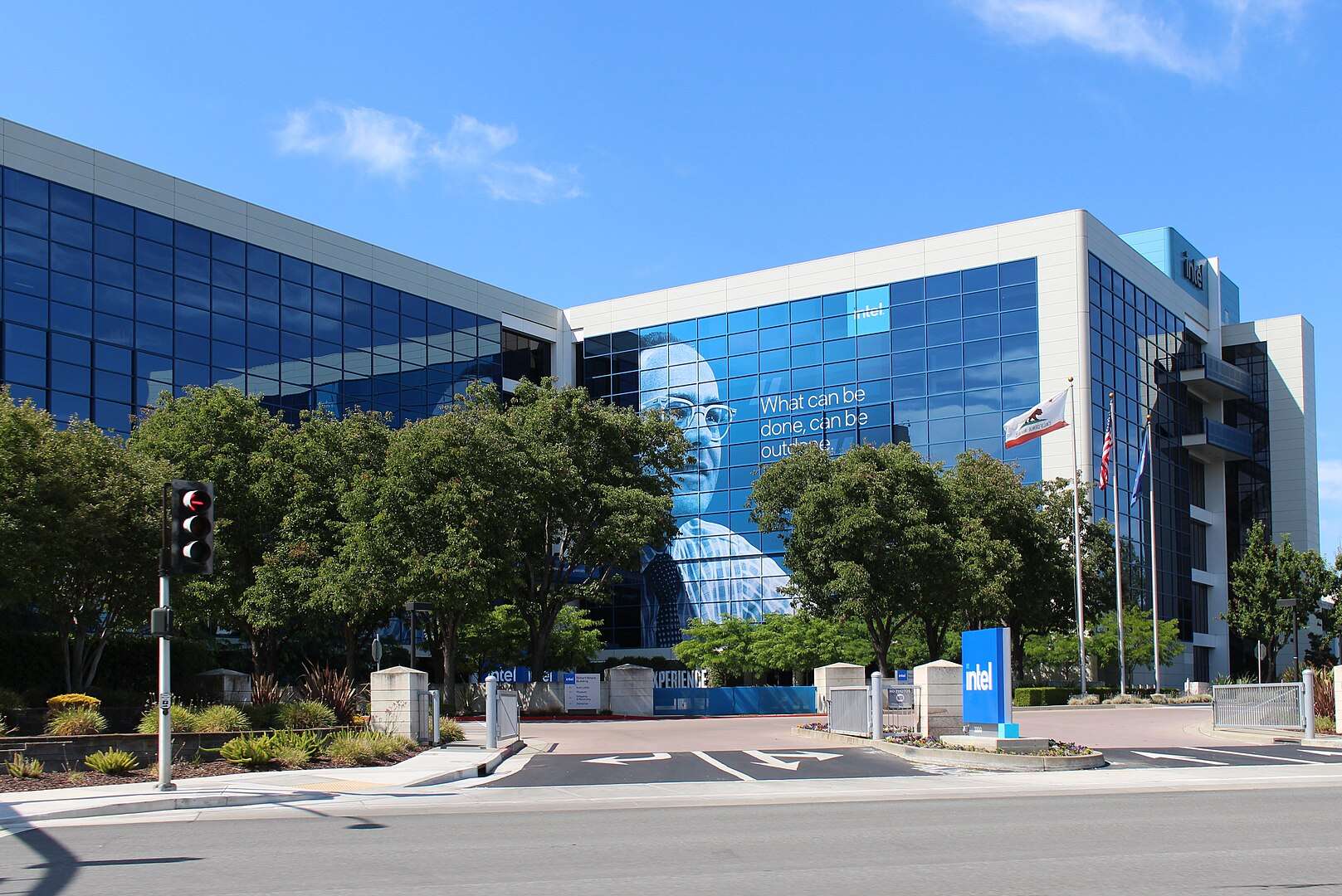Intel has taken strategic steps at the executive level to prepare for the next phase of its digital transformation. The company announced the appointment of Cindy Stoddard as Senior Vice President and Chief Information Officer (CIO) starting December 1st, along with the addition of veteran executive Dr. Craig H. Barratt to its board of directors as an independent advisor. These two hires send a clear message to the market: Intel’s future depends on strengthening both its internal technological backbone and its governance in the era of Artificial Intelligence.
A CIO to Accelerate Internal Transformation
According to the company’s announcement, Stoddard will report directly to CEO Lip-Bu Tan and will be responsible for Intel’s entire global IT organization. Her mission is to lead the modernization of technology infrastructure, improve the integration of corporate data, and enable faster, more secure decision-making processes across all business areas.
This choice is no coincidence. Stoddard joins Intel with more than 25 years of experience in scaling digital operations. She comes from Adobe, where she has led global IT and cloud operations for the past nine years. There, she led the company’s cloud migration and defined its corporate data strategy—key work in Adobe’s transition toward a fully digital, service-based model.
Before Adobe, she held senior technology leadership roles at companies such as NetApp, Safeway, APL (American President Lines), and Consolidated Freightways, focusing on logistics, operational optimization, and building high-performance customer-centric technical teams.
At Intel, Stoddard will need to apply that experience within a giant with decades of legacy systems and complex industrial processes. According to her, the goal is to build “the digital infrastructure that will support Intel’s next chapter of growth”. This involves:
- Modernizing internal applications and platforms to reduce silos and redundancies.
- Enhancing data integration across factories, chip design, supply chain, and business units.
- Driving the use of AI within Intel, from automating processes to deploying advanced analytics and predictive tools to support decision-making.
In a context where leading semiconductor manufacturers compete not only on process nodes but also on operational efficiency and speed, the role of the CIO becomes strategic. It’s not just about “keeping the lights on,” but transforming the company’s operational model itself.
Craig H. Barratt, a Chip Veteran on the Board
The second executive move announced by Intel is the addition of Craig H. Barratt, Ph.D., 63 years old, to the board of directors as an independent director. Barratt is a well-known figure in the semiconductor and networking industries, with over three decades of leadership at pioneering companies.
He previously served as CEO of Atheros Communications, a pioneer in wireless semiconductors, leading its IPO and subsequent acquisition by Qualcomm for approximately $3.1 billion. Later, he headed Barefoot Networks, specializing in programmable switching for data centers, which was ultimately acquired by Intel. Following the acquisition, he took on a senior vice-presidency overseeing ethernet, photonics, and networking divisions within Intel.
His background also includes senior roles at Google, where he led Google Fiber and other broadband and energy initiatives. He currently serves on the boards of Intuitive Surgical and Astera Labs, along with several private tech companies.
With this background, Barratt offers Intel’s board a rare combination of:
- Deep expertise in semiconductors and high-speed networks.
- Strategic insight into deploying large-scale infrastructure, both in the cloud and for broadband access.
- Knowledge of the startup ecosystem and Silicon Valley’s culture of innovation.
For CEO Lip-Bu Tan, Barratt’s appointment is a key addition at a pivotal moment when Intel seeks to reposition itself as a central player in the new wave of accelerated computing and AI infrastructure, where high-speed interconnects and photonics are playing increasingly crucial roles.
A Commitment to Governance and Execution in the Race for AI
Both announcements share a common theme: strengthening Intel’s execution capability at a time when the company’s future depends heavily on it. The market is witnessing a revolution driven by:
- The explosive growth of generative and agent-based AI, demanding data centers with more powerful GPUs, CPUs, and networks.
- The need to digitize and automate internal processes to reduce costs and shorten chip design and manufacturing cycles.
- Increasing competition from other manufacturers and foundries aiming to lead in cutting-edge nodes and new packaging formats.
In this environment, Intel must not only invest in fabs and process technology but also transform its internal operations and ensure its governance includes experienced voices capable of guiding that transformation.
The arrival of Cindy Stoddard bolsters the internal side: modern systems, integrated data, and extensive use of AI to improve everything from supply chains to customer support. The addition of Craig H. Barratt enhances the external perspective: a board with more semiconductor, advanced networking, and large-scale infrastructure expertise.
Both moves align with Intel’s narrative of shedding the image of a slow-moving giant and adopting a more agile vision—focused on serving large AI platforms and leveraging AI internally.
Challenges Ahead
Despite strengthening its leadership, Intel still faces major challenges. The company must:
- Diligently follow its technology roadmap to regain ground against other advanced-chip manufacturers.
- Prove that its foundry services can become a profitable and competitive business.
- Embed AI not only into its products but throughout the organization, a goal that will heavily depend on the success of the initiatives led by its new CIO.
Both Stoddard and Barratt join a now “rebuilding” Intel. Their expertise in digital transformation, cloud operations, advanced networks, and next-generation semiconductors may be critical in turning strategic plans into tangible results.
For now, Intel’s message to the market is clear: prioritizing talent in technology and governance is essential to supporting its next growth phase in the AI era.
Sources: newsroom.intel.com and newsroom.intel.com

